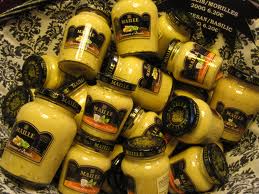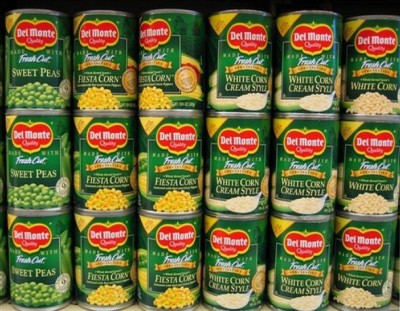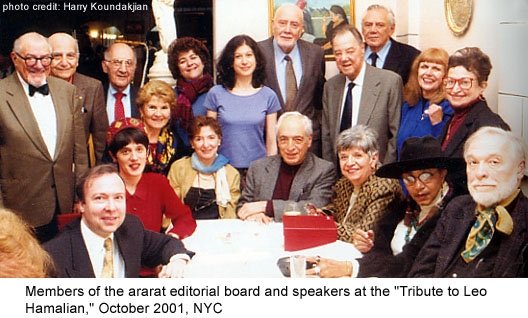Verses About Winter
The weather turned frigid in New York City this week. On my early morning walk, the spectacular Harlem sunrise viewed from Morningside Heights, which usually merits an appreciative pause, was little consolation as the dogs and I braced ourselves against the icy wind and rushed home. I pulled this poem from the archive in honor of winter.
VERSES ABOUT WINTER
I.
My sister and I listen at our parents’ door
to the radio announcer lists schools by town
alphabetically: Action, Andover, Arlington…
We’re waiting for Watertown. The snow falls
deeper, bowing the tall pine, burying
the swing set in the back yard.
The shovel’s scrape against the sidewalk
is sweet, and breath wets the wool scarf
over my mouth as I lift and throw
carving a path from our door.
II.
The thin boy who loans me his sweater
says he loves me. He is the first man
I love. I would follow him up
a peak of ice with rope, crampons
and ax; instead a storm drives us
to a country inn where he signs
the register, I imagine, Mr. and Mrs.
Smith. His hands draw warmth into
my aching fingers. His hands are
strong, and I want to trust them.
III.
I search for you on the back roads
of Hooksett, Penacook, Contoocook.
Headlights cut swaths of bright
falling snow. I share the road
with no one and trust nothing I see.
You appear like the ghost of an angel
as I round each bend: not the
wide-winged angel you taught me
to make in the snow, but bearing
the face of a lost child.
IV.
I want you strong and young again,
in summer hitting a home run
the boys chase into the woods.
“Trouble with the ticker,” you say
as we slow our pace for you
to adjust your muffler. I would
unfold the fist of pain,
stroke open palm and fingers,
and smooth the lines from the
forehead so like my own.
V.
As I walk under trees lining the street,
they bend towards me like the curve
of ribs, bone white and luminous.
Even trash is made holy in the snow’s
ample arms. A woman walking a dog
in a plaid coat passes me on the corner.
I want to slide my boots into the prints
she cuts through the snow. I would
follow her down to the frozen river
and into another life.
VI.
I wish I could write this while you
sleep nearby, dreaming of things
you don’t remember. Hundreds of miles
from here you walk, shoulders hunched
against the cold. You are wishing me
beside you; I curse the empty bed and
the hours before your return. I would
take winter for a lover, that chill heart
slowing mine. What I know of love is
at once sweet and bitter with distance.
Nancy Kricorian
originally published in RAFT: A Journal of Armenian Poetry and Criticism, 1996
January 24, 2013



